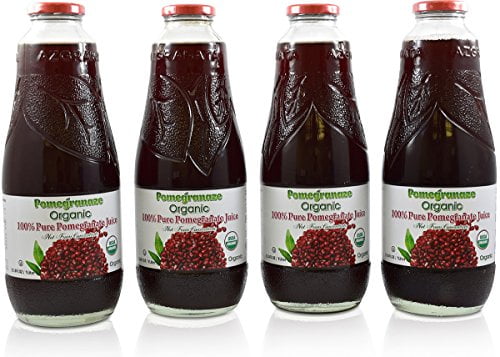
.jpg)
The fruit is intermediate in size between a lemon and a grapefruit, 5–12 cm (2– 4 + 1⁄ 2 in) in diameter with a rounded shape and thick, reddish husk. īotanically, the edible fruit is a berry with seeds and pulp produced from the ovary of a single flower.

The number of seeds in a pomegranate can vary from 200 to about 1,400. Containing juice, the sarcotesta is formed as a thin membrane derived from the epidermal cells of the seeds. Membranes of the mesocarp are organized as nonsymmetric chambers that contain seeds inside sarcotestas, which are embedded without attachment to the mesocarp. Red-purple in color, the pomegranate fruit husk has two parts: an outer, hard pericarp, and an inner, spongy mesocarp (white "albedo"), which comprises the fruit inner wall where seeds attach. The modern French term for pomegranate, grenade, has given its name to the military grenade. This derivation may have originated from pomum granatum, describing the color of pomegranate pulp, or from granum, referring to "red dye, cochineal". Garnet derives from Old French grenat by metathesis, from Medieval Latin granatum code: lat promoted to code: la as used in a different meaning "of a dark red color". This is a folk etymology, confusing the Latin granatus with the name of the Spanish city of Granada, which derives from Arabic. Possibly stemming from the old French word for the fruit, pomme-grenade, the pomegranate was known in early English as "apple of Grenada"-a term which today survives only in heraldic blazons.

The name pomegranate derives from medieval Latin pōmum code: lat promoted to code: la "apple" and grānātum code: lat promoted to code: la "seeded". A pomegranate tree in an illustration for the Tacuinum Sanitatis, made in Lombardy, late 14th century ( Biblioteca Casanatense, Rome)


 0 kommentar(er)
0 kommentar(er)
